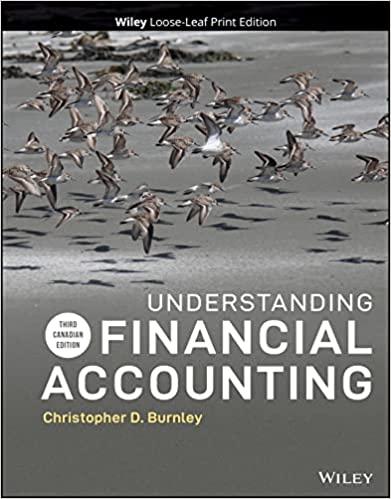EXHIBIT 13-7 Santa Maria Wool Cooperative The company's joint costs include $200,000 for the raw wool and $40,000 for separating the raw wool into three intermediate products. The three types of undyed wool are called intermediate products because they are not finished at this point. Nevertheless, a market does exist for undyed wool-although at a significantly lower price than finished, dyed wool. More specifically and as shown in [S Exhibit 13-7. the undyed course wool, undyed fine wool, and undyed superfine wool each can be sold at the split-off point for $120,500,$150,000, and $60,000 respectively. Exhibit 13-7 also shows that the cost of further processing the undyed coarse wool, undyed fine wool, and undyed superfine wool is $50,000,$60,000, and $10,000 respectively. Furthermore, the sales values of dyed coarse wool, dyed fine wool, and dyed superfine wool are $160,000,$240,000, and $90,000, respectively. If Santa Maria Wool Cooperative chooses to further process all three of its intermediate products, it will earn a profit of $130,000 as shown below: Note that the joint costs of buying the wool ($200,000) and separating the wool ($40,000) are relevant when considering the profitability of the entire operation. This is because these joint costs could be avoided if the entire operation were shut down. While Santa Maria can make a profit of $130,000 if it further processes all three products, the questions we want to explore further are: should the company further process all three products? Could the company be financially better off by selling one or more of the three products at the split-off point? The appropriate way to answer these sell-or-process-further questions is to compare the incremental revenues and incremental costs for each of the joint products as follows: Page 593 As this analysis shows, the company would be better off selling the undyed coarse wool at the split-off point rather than processing it further. The other two products should be processed further and dyed before selling them. Note that the joint costs of the wool ($200,000) and of the wool separation process ($40,000) play no role in the decision to sell Page 594 or further process the intermediate products. These joint costs are relevant in a decision of whether to buy wool and to run the wool separation process, but they are not relevant in decisions about what to do with the intermediate products once they have been separated. Finally, we can recompute Santa Maria's overall profitability if it chooses to sell the undyed coarse wool at the split-off point and to further process the dyed fine wool and the dyed superfine wool as follows: Notice that the revised profit of $140,000 is $10,000 higher than the profit of $130,000 that was computed earlier when the company further processes all three products. This $10,000 increase in profit equals the $10,000 financial disadvantage of further processing coarse wool that was computed earlier. Required information The Chapter 13 Form worksheet is to be used to create your own worksheet version of the main example in the text. 2. In industries that process joint products, the costs of the raw materials inputs and the sales values of intermediate and final products are often volatile. Change the data area of your worksheet to match the following: If your formulas are correct, you should get the correct answers to the following questions. a. What is the overall profit if all intermediate products are processed into final products? b. What is the financial advantage (disadvantage) from further processing? c-1. With these new costs and selling prices, what recommendations would you make concerning the company's operations? c-2. If your recommendation in part (c-1) is followed, what would be the company's overall profit













